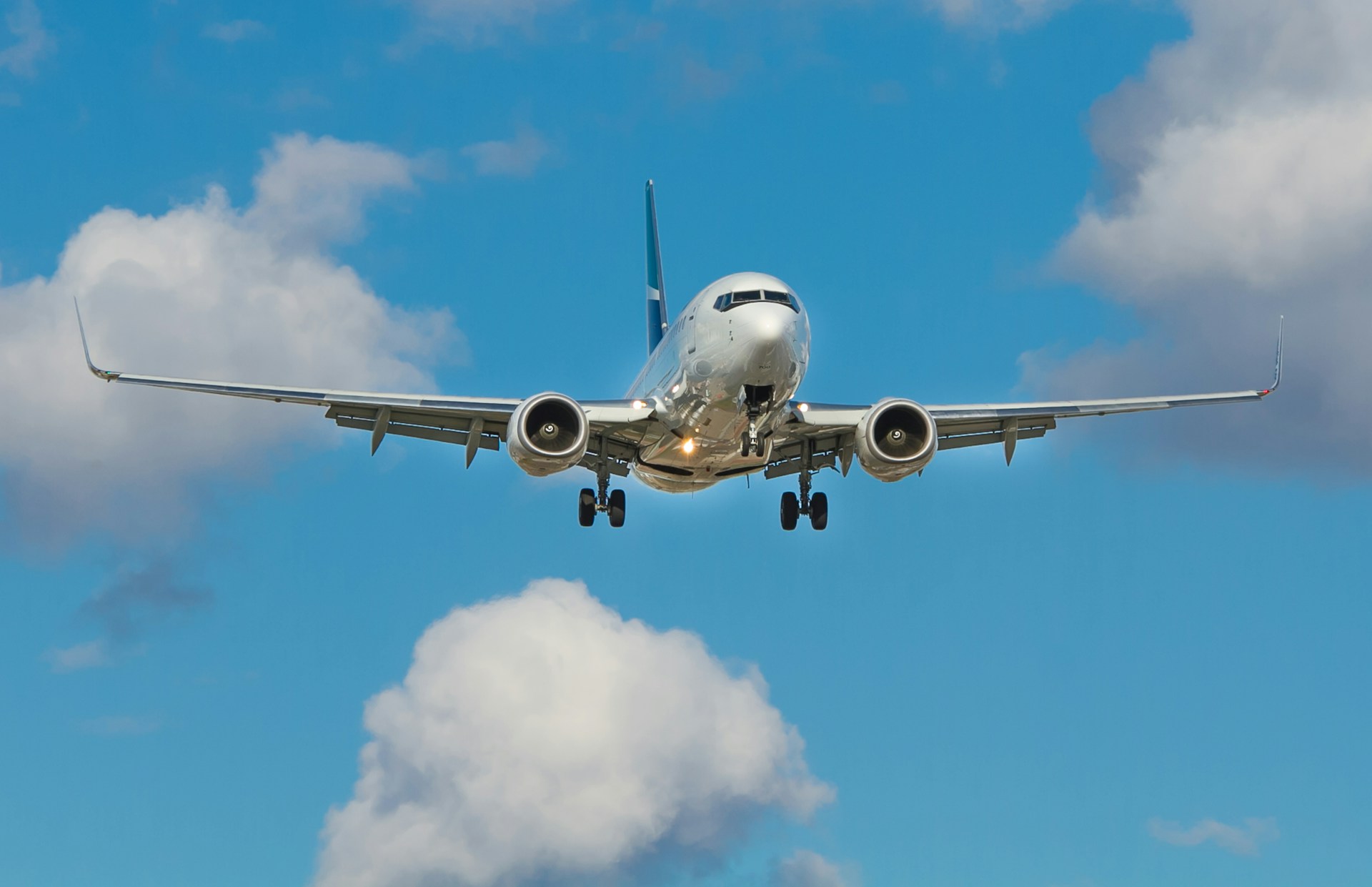Travelling by air has become a normal part of life for millions of people around the world. Whether it is for holidays, work or business, or travelling across countries to study, flying is one of the safest, fastest and most reliable ways to move from one place to another.
However, recently, air travel has experienced more turbulence than ever before. If you have been on a flight, you may already know the feeling. The plane suddenly shakes, bumps, or drops slightly, which makes people feel a little uneasy.
Let’s take a look at what turbulence really is, its causes, and what is really happening.

Air doesn’t always flow smoothly. It is constantly moving and can swirl, rise, or drop. Most of the time, we don’t notice it, but when a plane flies through these uneven air patterns, we feel it as bumps, jolts, or shakes. That is what is called turbulence. It is simply the irregular movement of air.
There are several reasons why turbulence happens. It can be caused by storms, strong winds, and changes in air pressure. When a plane flies near or through stormy weather, it can become very unstable. Heavy rain or thunderclouds can push and pull at the aircraft, making it shake more than usual.
Jet streams are another common cause. These are fast-moving “rivers of air” in the atmosphere. These streams can move at speeds of up to more than 200 miles per hour, and when an aircraft crosses from one side of the jet stream to the other, it can experience sudden changes in wind speed and direction, which is what makes the ride bumpy at cruising altitude, even when the sky outside looks clear.
Statistics show that turbulence has been on the rise over the past few years. Scientists say climate change is one of the big reasons. As the planet warms, the atmosphere is changing, especially in the higher layers where aeroplanes cruise.
One of the biggest changes is in the jet streams. The rise in temperatures is making them stronger, faster, and more unstable, leading to rougher skies.
Routes that were once known for being smooth now sometimes surprise pilots with sudden bumps. Even short-haul flights, which often avoid jet streams, are experiencing more patches of unexpected turbulence due to shifting weather systems.
As concerns rise, the aviation industry is taking it seriously and working to keep passengers safe and comfortable, from advancing pilots' training to incorporating wider systems, technologies, and safety measures that work together to handle turbulence better than ever before.
Modern planes are using advanced radar and satellite data to spot rough air early, helping pilots choose smoother routes or change altitude before hitting bumpy patches. Flights are also planned with turbulence in mind.
Weather experts study forecasts before take-off and update pilots during the journey if conditions change. Aircraft are designed to handle much stronger forces than turbulence, so even when it feels rough, the plane itself is completely safe.
Pilots and cabin crew are well-trained to manage turbulence, and airlines share reports with each other, so flights that follow the same routes can avoid the worst spots. These and many more measures continue to be put in place so passengers have nothing to worry about.
Data shows that turbulence is increasing because of changes in the atmosphere, mostly linked to climate change. Passengers may notice more bumpy flights than people did 10 or 20 years ago. But at the same time, planes are built stronger than ever, and safety measures are advanced. While turbulence is rising, it does not mean flying is less safe. Air travel remains one of the best ways to get around the world.


If you want the latest information on the best Hotel Executive Club Lounges, Hotel Kids Clubs and other travel information, be sure to sign up for our free newsletter full of tips and great travel ideas.